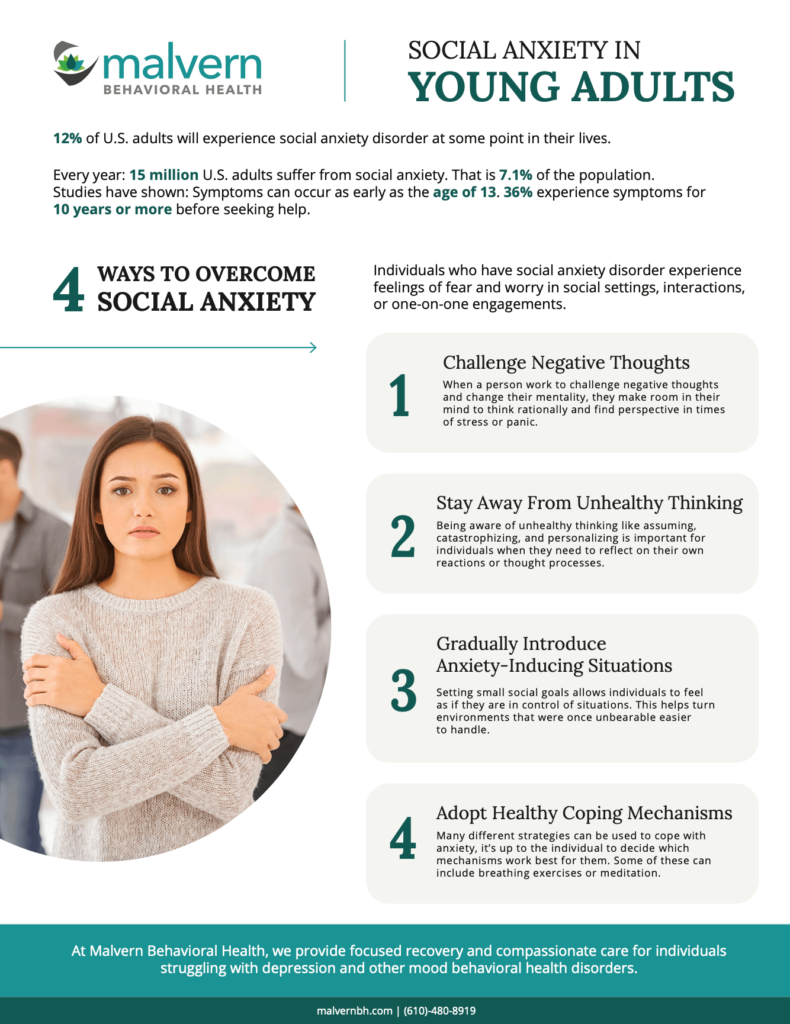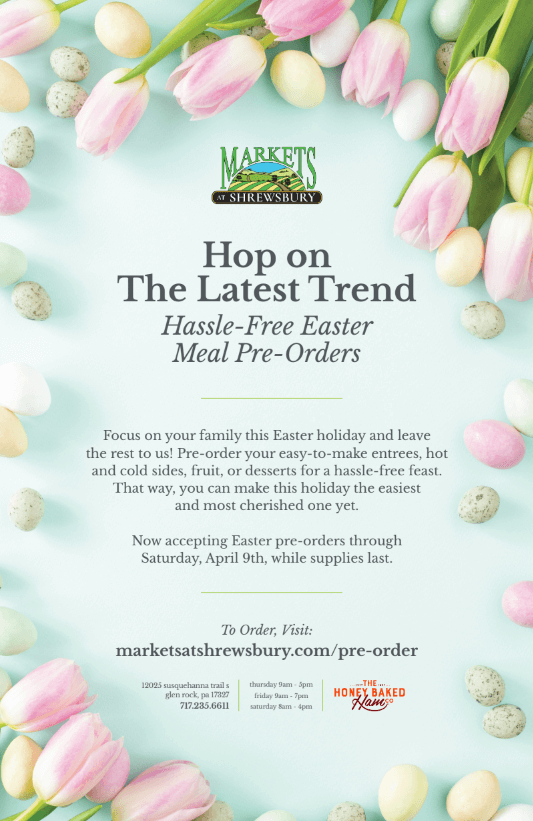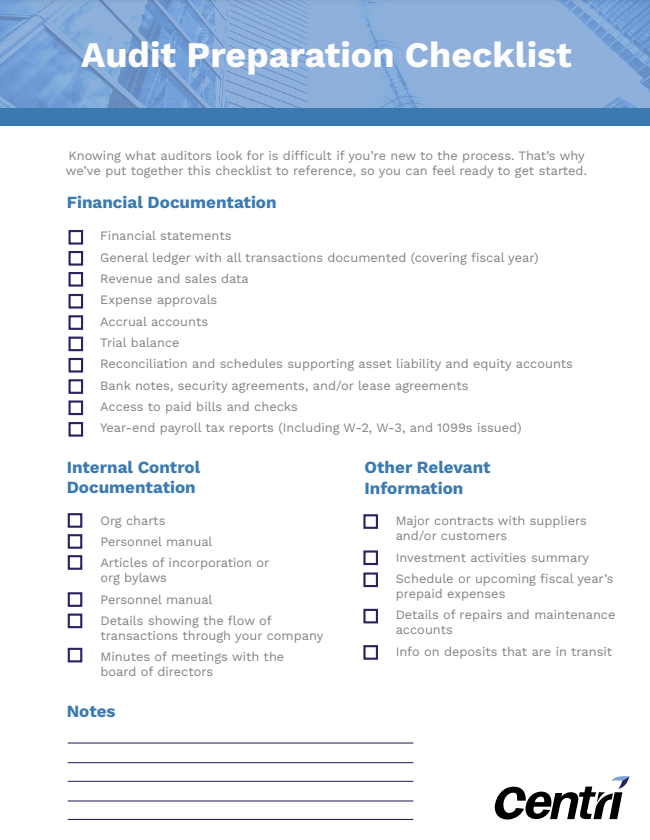Why You Should Have a Visual Content Marketing Strategy
- Content Marketing
- Marketing Strategy
- Photography & Videography

They say a picture is worth a thousand words, but did you know a video is worth 1.8 million? That’s over 3,000 pages of text for just one minute of video. Visual content packs a punch and can elevate your brand by combining the impact of words with striking graphics. For a successful internet marketing strategy, you can’t forget about visual content marketing.
What is Visual Content Marketing?
Visual content marketing is when you use visuals such as videos, images, graphics, and other multimedia pieces in your content mix. Visual content helps explain concepts that would be difficult to understand with just text. Think about how you can provide value and tell your brand’s story through unique visual opportunities.
Why is Visual Content Important?
To grasp the importance of visual content, you need to understand how humans process visual stimuli.
We are visual creatures.

90% of the information sent to our brains is visual, and we process these signals 60,000 times faster than text.
A study at MIT found that it takes only 13 milliseconds for our brains to identify a photo. Images also have a greater emotional impact than words, so they affect people’s behavior and memory.
One thing is clear: there’s power in visuals.
The Benefits of Visual Content
There are many benefits of visual content. However, that doesn’t devalue the importance of writing. Blogs and other text-based content help you rank for keywords and appear in search engine results pages (SERPs). But when combined with visuals, this elevates your marketing strategy in several ways.
Boosts SEO
Google prioritizes websites with engaging visuals. By including these in your content mix, it helps you rank better on SERPs. When optimized for SEO, visuals also increase your visibility in image and video searches.
Increases Engagement
Visual content is extremely shareable on social media. This gives you lots of opportunities to increase brand awareness and reach by driving traffic back to your website.
Keeps People on Your Site
People prefer interactive and visual content. It grabs their attention, increases readability, and helps guide them through your site. Adding visuals improves the user experience and reduces your bounce rate. Videos are especially good at encouraging people to stay on your website longer and explore further.
Triggers a Desired Action
One of the strengths of visuals is that they can impact your audience’s emotions. This gives your content the power to shape your reader’s mood and impact their actions.
Establishes Yourself as an Expert
Use your content as a way to show your expertise and authority on a subject. Whether that’s visual case studies, white papers, ebooks, how-to guides, or more, you can signal your expertise by providing high-quality information to your audience.
7 Types of Visual Content (Pros and Cons)
Visual content comes in all shapes and sizes, but here we’ll talk about some of the most common examples, and their pros and cons.
1. Video
Video makes up the majority of internet traffic, and 91% of users said they want to see more online videos from brands. As short-form video is on the rise, it’s a great option to add to your visual content strategy. You can use videos for your business in many ways. Create a homepage video, product demonstration, client testimonial, animation, and more.
Venture Lititz animated video
Pros:
- Creates a presence on YouTube, the second largest search engine
- Grabs attention
- Does well on mobile and social media
Cons:
- Time consuming and costly
- Hard to update once published
- Can be less accessible than other content
2. Infographics
Infographics are a great addition to your content mix. They use data visualization to simplify complex ideas and make information easy to comprehend. Plus, they’re extremely shareable!

Malvern Behavioral Health infographic
Pros:
- Easy to understand and retain information
- Shareable
- Showcases your expertise
- Eye-catching
Cons:
- Time consuming to create
- Often lack focus
- If the design isn’t good, they can be overwhelming for a reader
3. Gifs and Memes
Gifs and memes are a fun, casual way to add humor to your marketing content. You can use these to earn your audience’s trust and relate to them. Don’t just use them for the sake of adopting a trend. Always have a strategy behind it.

Root and Vessel meme
Pros:
- Good way to stay relevant
- Do well on social
- Relate to your audience
- Can customize them for your brand
Cons:
- Not right for every brand
- Potential copyright issues if you don’t customize them
- Often have a short lifespan
4. Printable Asset
Printable pieces can be anything from posters and flyers to checklists and brochures. As with most types of visual content, design is key to their success. Always keep these assets on-brand, with a clear call to action.

Markets at Shrewsbury poster
Pros:
- Targeted and hyperlocal
- Can raise awareness quickly
- Easy to produce
- Good for simple messages
Cons:
- Printing costs
- Need a good design to be effective
- Location restrictions
- Hard to edit once printed
5. Downloadables
Website downloads are a convenient way for your customers to get information on a subject. As a brand, it allows you to go more in-depth on a topic and continue the conversation offline. Popular types of downloadables include product guides, white papers, and ebooks. These can be free or gated.

Centri Consulting Downloadable Checklist
Pros:
- Lead to more engaged sessions on your site
- Can assert yourself as an authority on a topic
- Gated content is good for lead generation
- Ungated content builds trust with your audience
- More cost-effective than physically printing something
Cons:
- Gated content may deter some people
- Your audience may not understand the value of the product
- Ungated content means you can’t gather lead information
Tips for A Successful Visual Content Strategy
Developing a visual content strategy is key to success. Here are a few tips on how to optimize your visual content efforts to see long-term results.
Optimize for Each Platform
When creating visual content, always keep in mind where the piece is going. Design for the platform where you are going to share it. For example, always reduce image sizes on your website so you don’t impact site speed.
Repurpose Content
To incorporate visual content into your marketing strategy, you don’t have to come up with something brand new. Consider turning a high-performing blog into an infographic to share on social media. Or turn a web page into a short video.
Be Strategic
As with any marketing initiative, you need to develop a strategy. In order to reach the right people on the right platforms, ask yourself: Where is my audience? What information do they want from me? What questions do they have that I can answer? These questions will be the foundation of your visual content strategy.
Use High-Quality Images and Videos
Using low-quality images may actually hurt your brand’s reputation online. For companies that don’t have access to photography, stock images are a good place to start. However, keep in mind that stock images reportedly perform the worst out of all visuals.
Balance Text and Images
Everything works best in moderation. Know when to use text and when to use visual elements to enhance your message. When creating visuals, make them bite-sized and easy to consume so they complement the story you’re telling.
Make Visuals Easy to Share
Create everything with an audience-first mindset. What does your audience want out of your content and what would make them share it? This will help expand your content’s reach. Make things easy to share by adding share buttons on your site or email.
Stay On-Brand
The best way to stay consistent with your branding is by creating a visual content marketing style guide. This is especially important when people begin sharing your content on different platforms. That way, your brand is always front and center.
Include a Clear CTA
Content is only as good as the action your audience takes because of it. Whether you’re creating a video, downloadable ebook, infographic, or beyond, always include a clear call to action.
Need help creating visuals for your business? Take a look at some of our past projects to see visual content in action!
 By April
By April  Lauren
Lauren  Alyssa
Alyssa